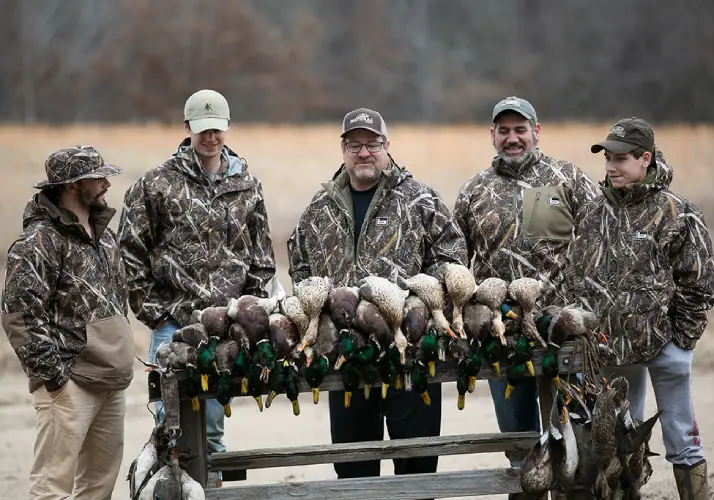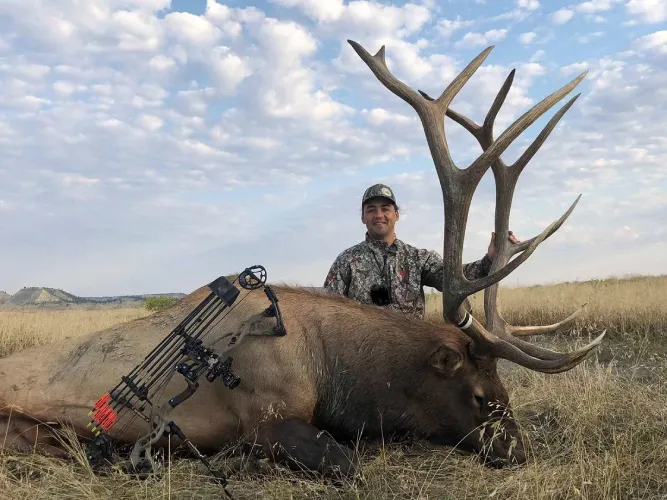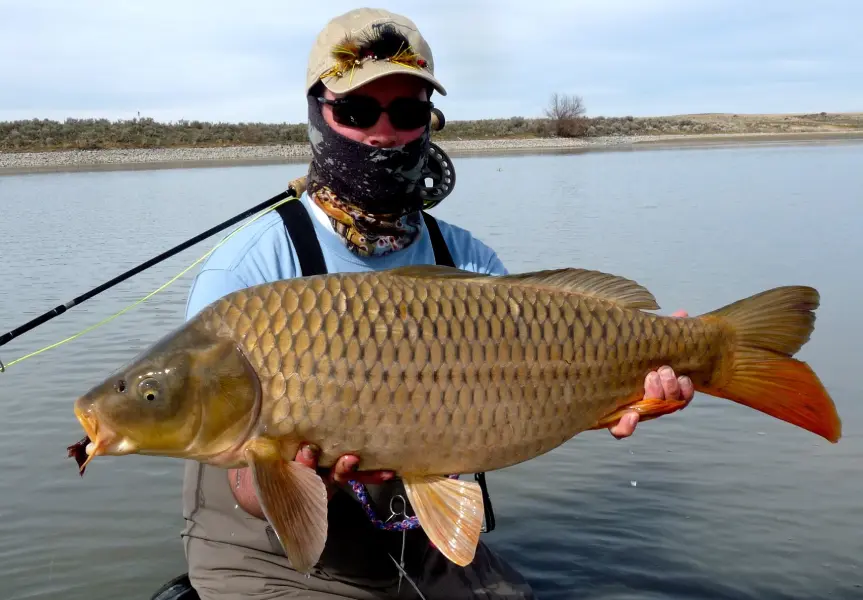Introduction : Turkey hunting is an exhilarating and challenging pursuit for many outdoor enthusiasts. To outsmart these elusive birds, hunters need to employ a range of tactics that leverage their natural behavior and habitat preferences. In this article, we will explore various strategies and techniques to enhance your chances of a successful turkey hunt. From understanding turkey behavior to decoy placement and calling techniques, we will delve into the intricacies of the sport, empowering you to become a more effective and skilled turkey hunter.
I. Understanding Turkey Behavior : A fundamental aspect of successful turkey hunting is understanding the behavior of these birds. Turkeys have keen senses, including excellent eyesight, acute hearing, and a sharp sense of danger. To exploit their behavior, hunters must familiarize themselves with the following key points:
- Roosting Patterns: Turkeys roost in trees at night, and understanding their preferred roosting areas can give hunters a significant advantage when it comes to planning a hunt.
- Strutting Zones: Male turkeys, or gobblers, will often establish strutting zones to display and attract females. Identifying these areas during pre-season scouting can increase your chances of encountering a gobbler.
- Feeding Habits: Turkeys feed throughout the day, with their preferences changing seasonally. Knowing their preferred food sources and feeding times can guide your hunt accordingly.
II. Decoy Placement Strategies : Decoys play a crucial role in fooling turkeys into thinking there are other birds in the area, increasing the likelihood of a close encounter. To maximize their effectiveness, consider the following decoy placement strategies:
- Realism and Visibility: Invest in realistic, high-quality decoys that accurately mimic turkey postures and colors. Place them in clearings or open areas, ensuring they are visible from a distance to attract curious birds.
- Decoy Spread: Use a combination of hen and gobbler decoys to create a natural-looking scenario. Position the hen decoys as if they are feeding or resting, with the gobbler decoy close by, simulating courtship behavior.
- Use Decoys as Focal Points: Position the decoys strategically, keeping them within your effective shooting range. Place them in a way that draws the turkey’s attention away from your position, giving you a better chance for a successful shot.
III. Effective Calling Techniques : Mastering turkey calls is a vital skill for any hunter. Using the right calls at the right time can pique a turkey’s curiosity and draw it closer. Consider these calling techniques:
- Locator Calls: Use owl hoots or crow calls to locate roosted turkeys early in the morning. This helps you pinpoint their exact location and plan your approach accordingly.
- Soft Tree Yelps: Mimic the soft yelps of a hen turkey to create a sense of comfort and security. This can be effective during the early morning when turkeys are still in the roost.
- Cutting and Purring: As the day progresses and turkeys become more active, use cutting and purring calls to imitate the sounds of feeding turkeys. This can attract nearby birds looking to join the feeding party.
- Gobbling Calls: To grab the attention of a distant gobbler, use a gobbling call. This technique can elicit a response from territorial males and potentially bring them closer.
IV. Patience and Concealment : Patience is a virtue in turkey hunting. Remaining still and concealed is crucial to avoid spooking wary turkeys. Here are some tips to enhance your concealment:
- Camouflage: Wear full camouflage gear that matches the surrounding environment, including a face mask or paint to break up your outline.
- Natural Cover: Find natural cover such as bushes, trees, or terrain features that can shield your position. Position yourself with a clear shooting lane, while ensuring you blend into your surroundings.
- Minimal Movement: Turkeys have exceptional eyesight, so any excessive movement can alert them. Keep your movements to a minimum, and if necessary, use a turkey fan or decoy to shield your body.
Conclusion : Mastering turkey hunting tactics requires a combination of understanding turkey behavior, effective decoy placement, skilled calling techniques, and practicing patience and concealment. By immersing yourself in the world of turkeys and employing these strategies, you can increase your chances of a successful hunt. Remember, each hunt is a learning opportunity, and with time and experience, you will become a seasoned turkey hunter capable of adapting to the birds’ behavior and consistently outsmarting these elusive game birds. So gear up, hone your skills, and embrace the thrill of the turkey hunting adventure that awaits you.
![]()





